What is the Reduction Roadmap (.dk) and why should you care?
A few weeks ago we were sent the Reduction Roadmap website: https://reductionroadmap.dk/
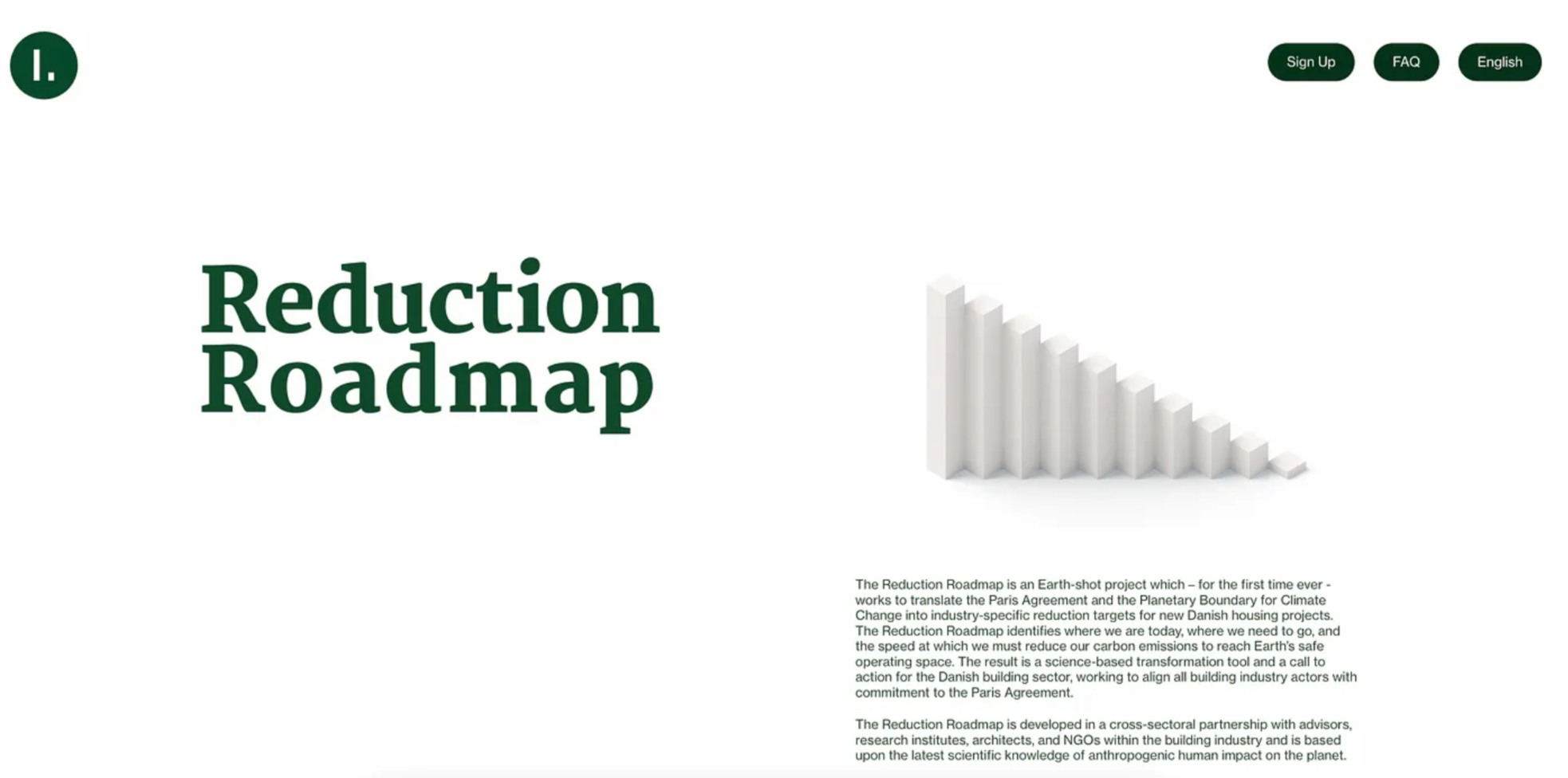
We initially thought “cool graphics and relevant topic”, but dismissed this as one of the many websites out there talking about climate targets in a generic fashion without much more…
We could not have been more wrong.
This amazing piece of research was done to provide benchmarks for the Danish construction sector (but applicable everywhere, really).
 We are strong believers that this is not seen by enough people, and it should.
We are strong believers that this is not seen by enough people, and it should.
We try to simplify it below, and give you some practical guidelines on how to use the findings.
What is it all about?
The Reduction Roadmap aims to transform the goals of the Paris Agreement and the Planetary Boundary for Climate Change into reduction targets for new Danish housing projects that are industry-specific.
The work outlines our current position, where we need to go, and how quickly we must reduce our carbon emissions in order to return Earth to a safe operating range.
The end result is a science-based transformation tool and a call to action for the Danish construction industry, striving to align all key players with the Paris Agreement.
 The research is based on the most recent scientific understanding of anthropogenic human influence on the environment and was produced in a cross-sectoral partnership with consultants, research institutes, architects, and NGOs within the building industry.
The research is based on the most recent scientific understanding of anthropogenic human influence on the environment and was produced in a cross-sectoral partnership with consultants, research institutes, architects, and NGOs within the building industry.
What do planetary boundaries have to do with it?
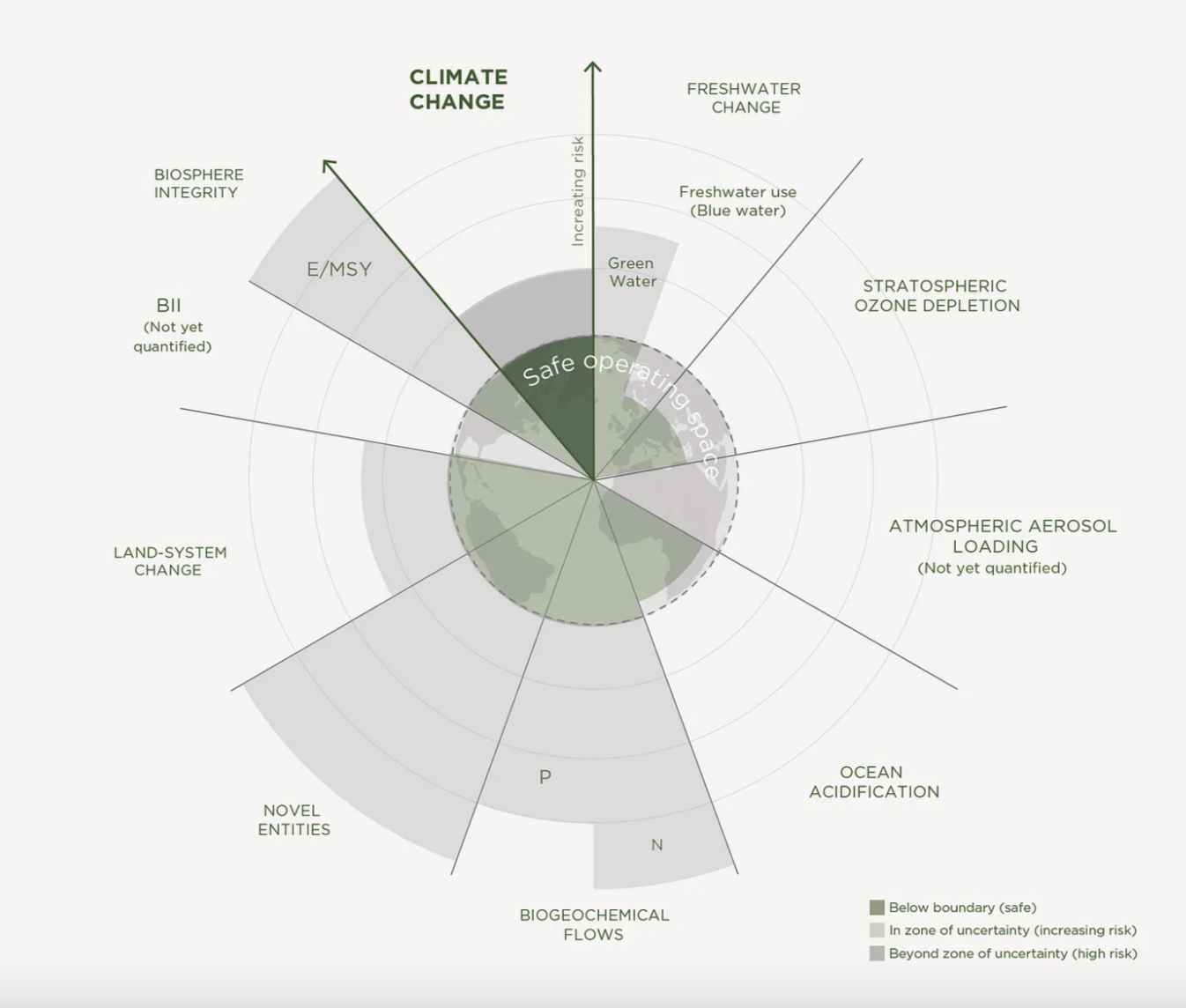
The Planetary Boundary for Climate Change, which is impacted by greenhouse gas emissions from humans (CO2eq), is the main emphasis of the Reduction Roadmap.
 The Reduction Roadmap scales global greenhouse gas emission target levels, down to national, to industry-specific, to Danish housing — and finally to a target level.
The Reduction Roadmap scales global greenhouse gas emission target levels, down to national, to industry-specific, to Danish housing — and finally to a target level.
How do global emissions translate to individual houses?
The building sector’s emission budget and targets are assigned under the reduction roadmap. As a result, the goal emission levels are scaled from the global, to the national, to the industrial, to the house.
The research demonstrates “today’s emissions” in comparison to “intended emissions” levels to achieve this. What was discovered is that for the building industry emissions, a 96% reduction rate is required.
What are the findings?
In short, Denmark emits 9.6 kg CO2e / m2 / year of embodied carbon today, and needs to reduce that to 0.4 kg CO2e / m2 / year.
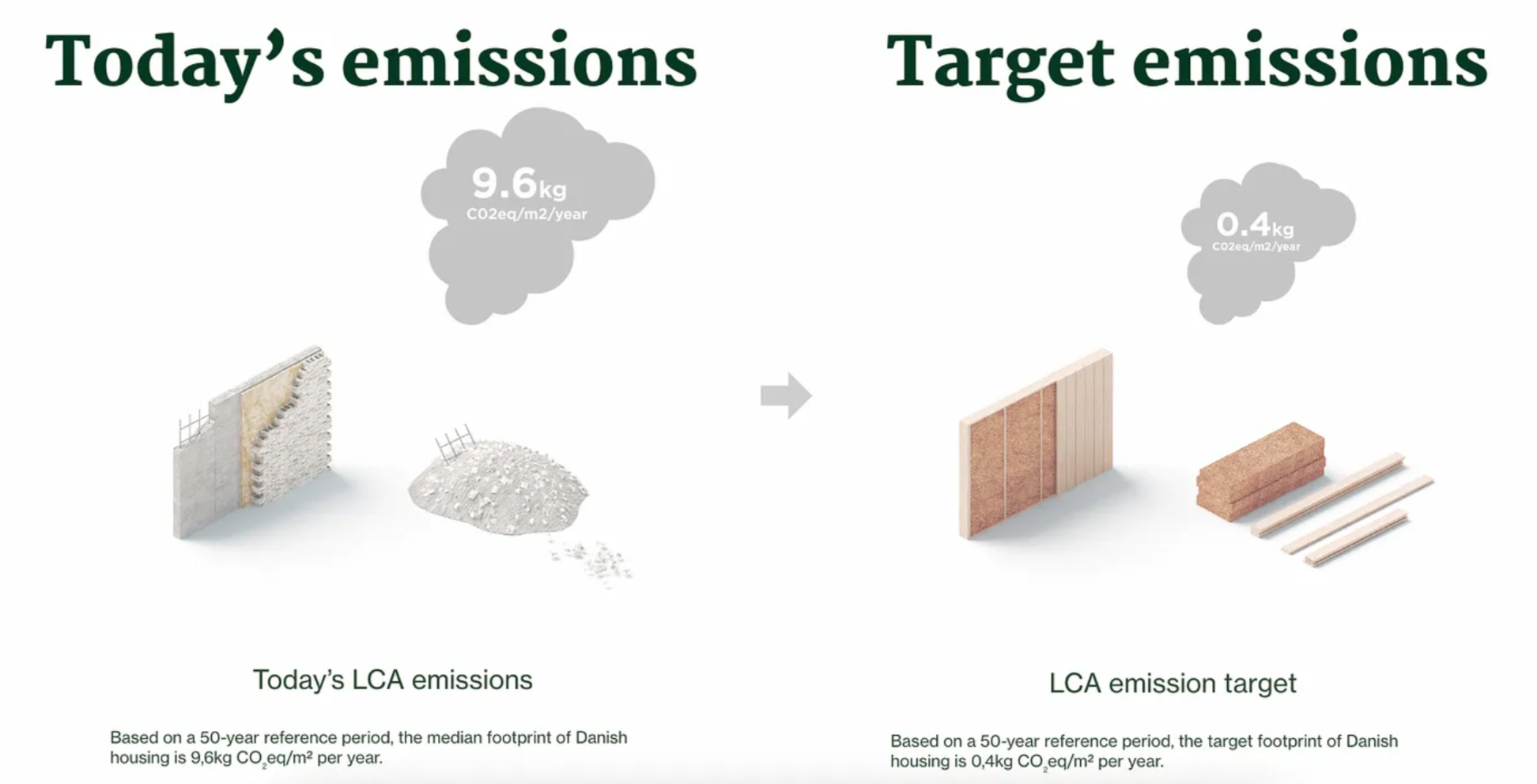
 Simple? No.
Achievable? Yes.
Simple? No.
Achievable? Yes.
By when does this need to happen?

We need to reach 0.4 kg CO2e / m2 / year by the year 2029.
What can you do?
Quite a lot, no matter who you are.

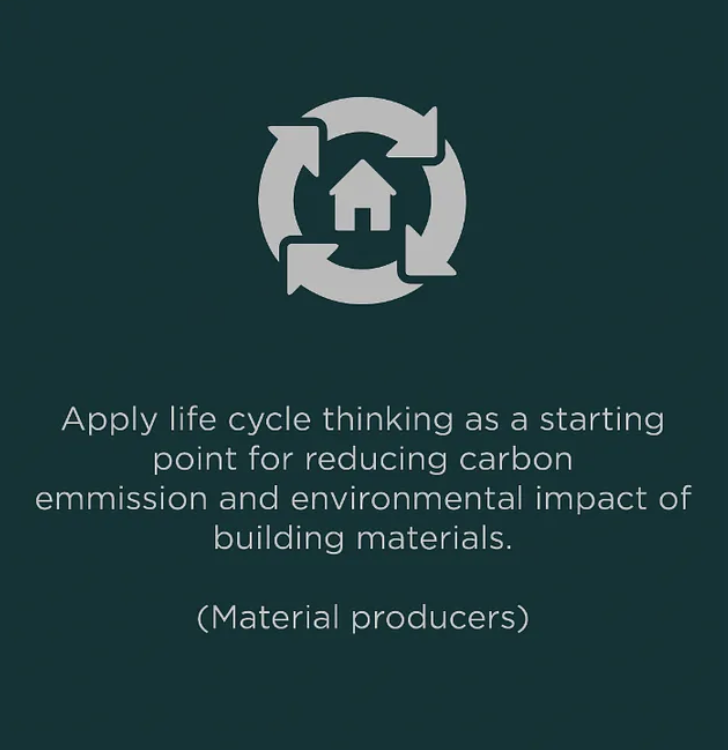
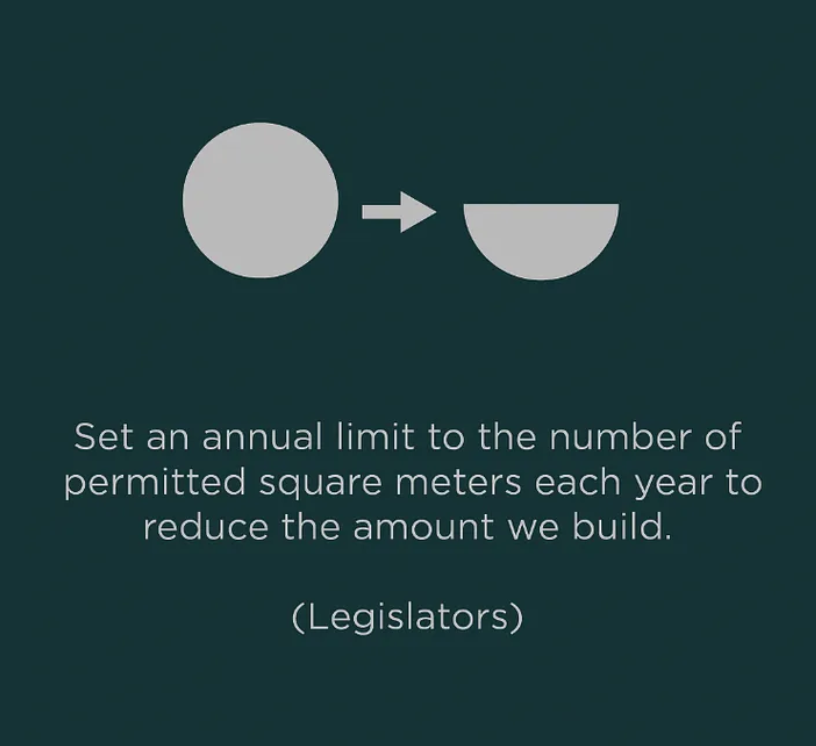
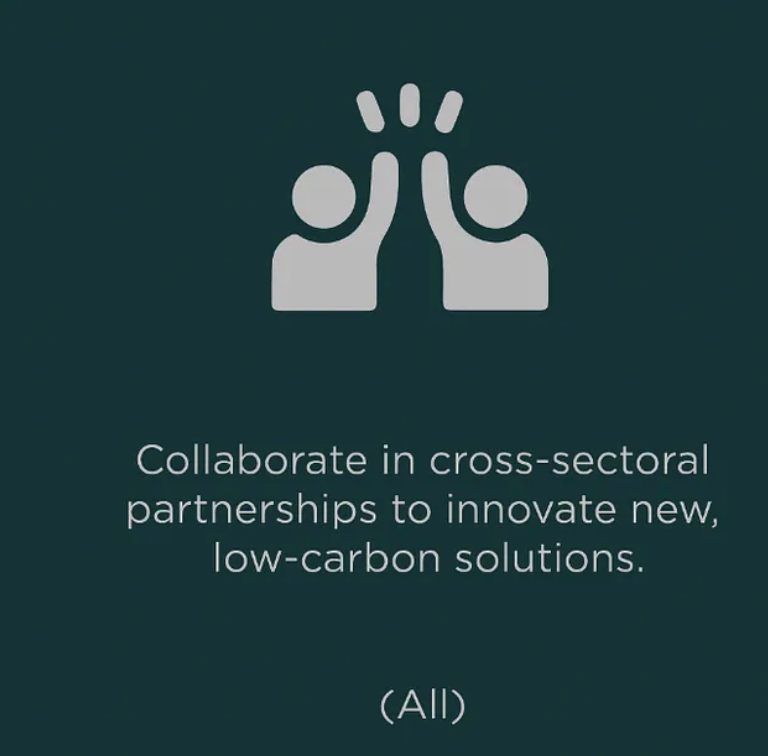
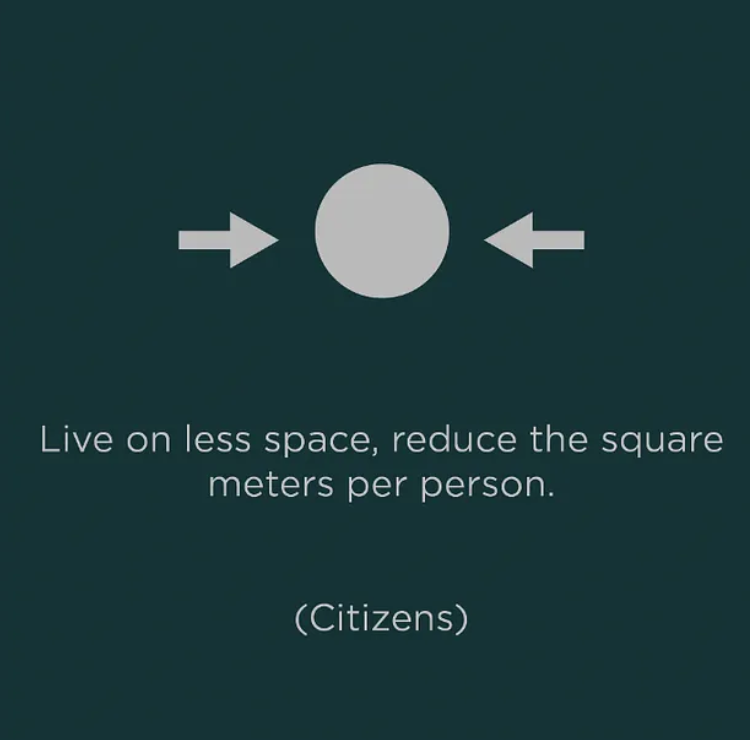
Can 2050 Materials help?
Maybe.
We are not regulators, and can’t force people to live on less space. We do however, have solutions for specifiers/designers, and manufacturers.
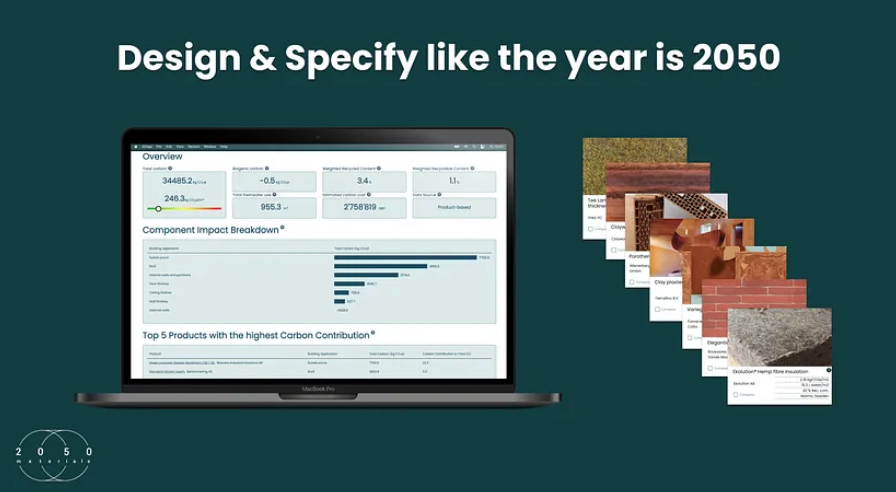
http://app.2050-materials.com/
Visit our platform or reach out to us on info@2050-materials.com to find out more.
Related articles

Climate-Resilient Materials for the Built Environment: A Data-Centred Prime
As climate volatility intensifies, resilience metrics are fast becoming as critical as carbon data in material selection. This article outlines why adaptation is now a design imperative, how materials can be evaluated through a systems lens, and what KPIs project teams should demand. From self-healing concrete to fire-rated façades, we present a structured taxonomy of resilient materials, explain how to embed this intelligence into digital design workflows, and propose next steps for specification, benchmarking, and procurement.
Read more
The Most Interesting Low Carbon Products in Office Design
In this article and collection, we highlight 11 outstanding products that contribute to a lower carbon footprint in office design.
Read more
Top Low Carbon Building Boards: Performance, Benefits, and Use Cases
The building boards highlighted in this article and collection showcase low-carbon innovation in modern construction.
Read more